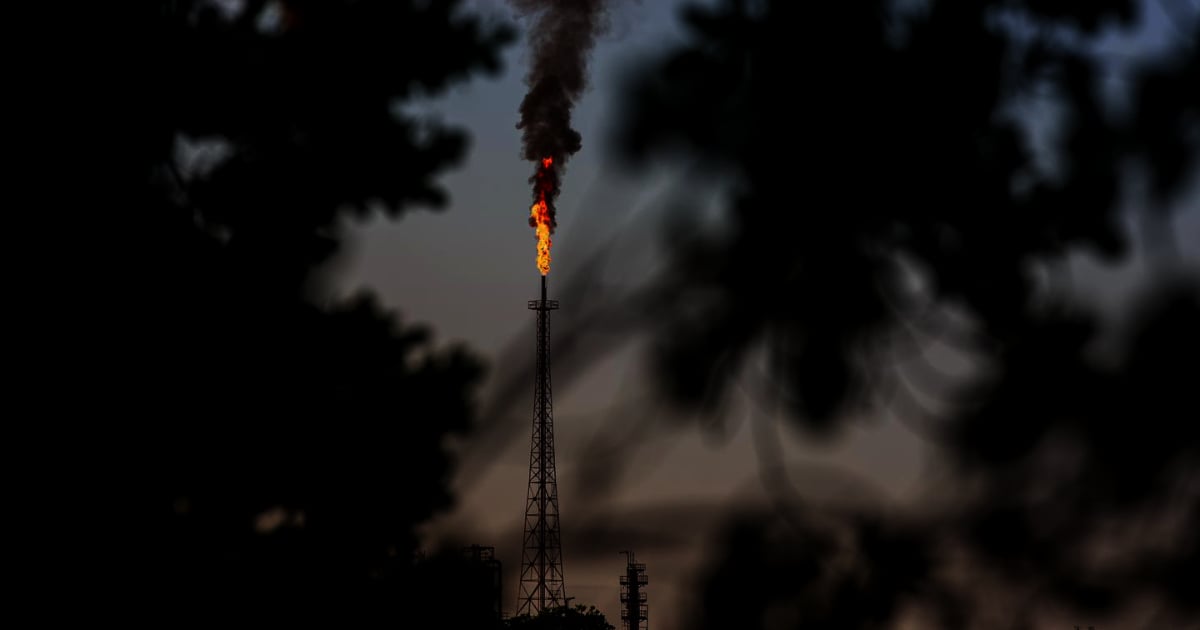The morning forecast from Cuba's Electric Union (UNE) has once again been surpassed by the actual deficit, highlighting the regime's continuous failure to provide a basic service that has been in collapse for years.
"At 2:15 this afternoon, the generation deficit exceeded 1000 MW. The impact is greater than UNE's morning forecast," reported state journalist Lázaro Manuel Alonso on his Facebook profile.
The government entity had predicted a midday deficit of 950 MW, but real conditions have led to even greater shortfalls, translating into longer blackout hours for Cuban families.
By the peak hour, the UNE estimates a power availability of 2,099 MW against a maximum demand of 3,250 MW, resulting in a 1,151 MW deficit. If current conditions persist, a 1,221 MW shortfall is expected during this period, suggesting that the impact could be more severe than UNE's projections.
Provinces Hit Hardest by Power Outages
On Saturday, the provinces of Camagüey, Matanzas, and Granma led the list of areas with the most frequent blackouts. In Camagüey, the average duration of power outages was 7.5 hours. Matanzas reported 89 blackouts, each lasting an average of 7.4 hours. Notably, Unión de Reyes and Limonar experienced longer interruptions, reaching up to 8.9 and 8.8 hours, respectively.
Granma also faced significant outages, with an average duration of 7.7 hours. The municipalities of Bayamo and Manzanillo were particularly affected, reporting outages lasting 7.9 and 8.4 hours, respectively. In a severe case, the municipality of Yara experienced a blackout lasting 15 hours.
Fuel Shortage Aggravates the Crisis
On the same day, UNE also highlighted that a fuel shortage is impacting three floating power plants, known locally as "Turkish barges." These are located in the Bay of Havana, the Bay of Santiago de Cuba, and the port of Mariel, adding insult to injury for the Cuban populace.
